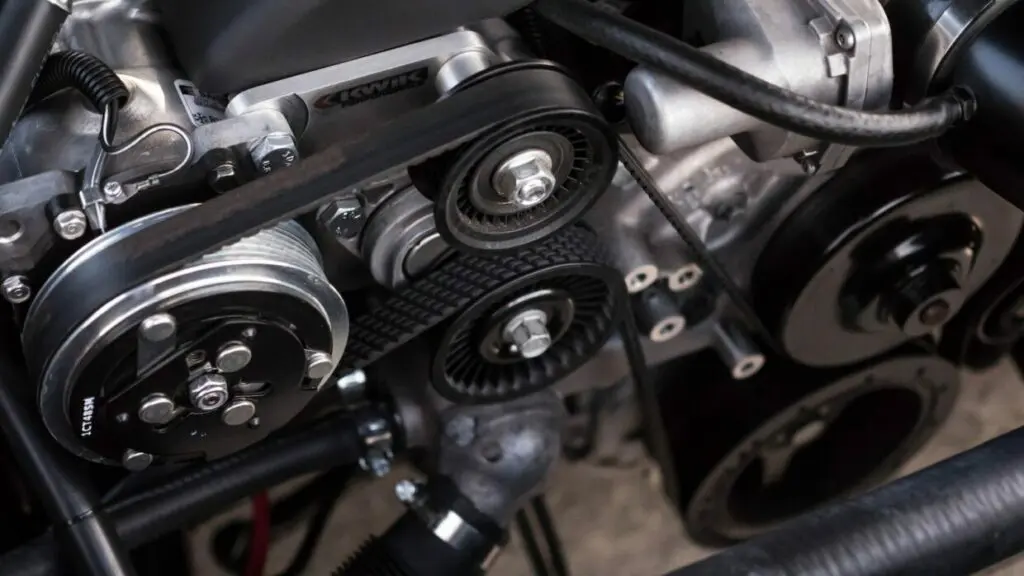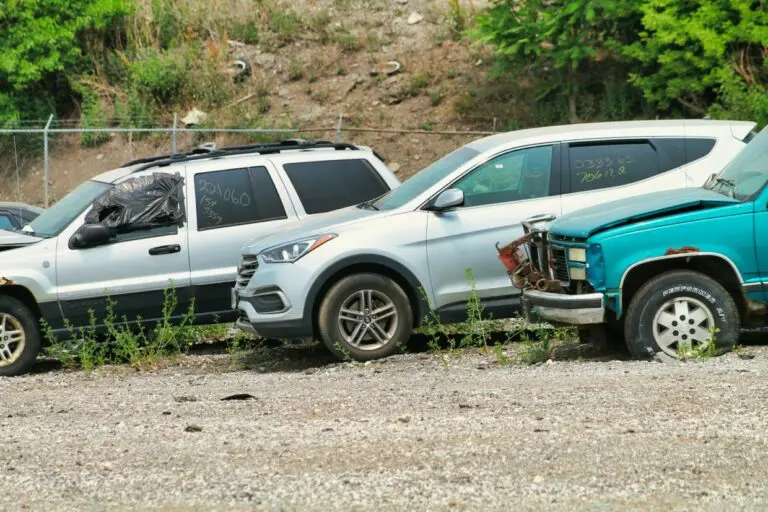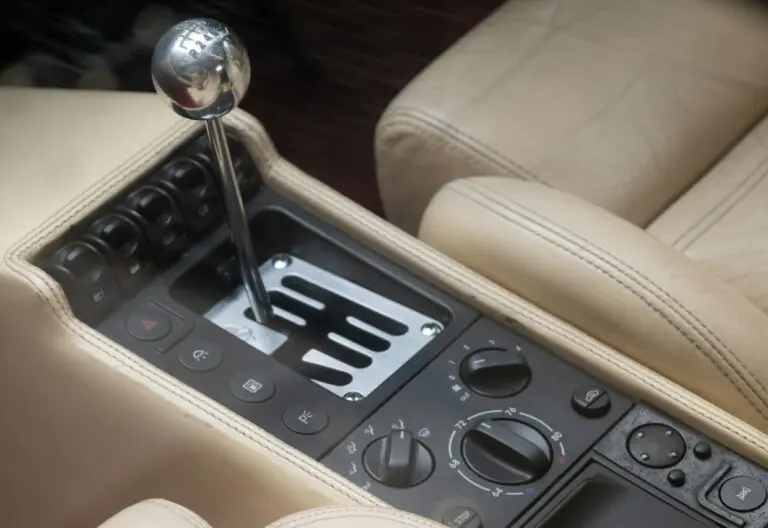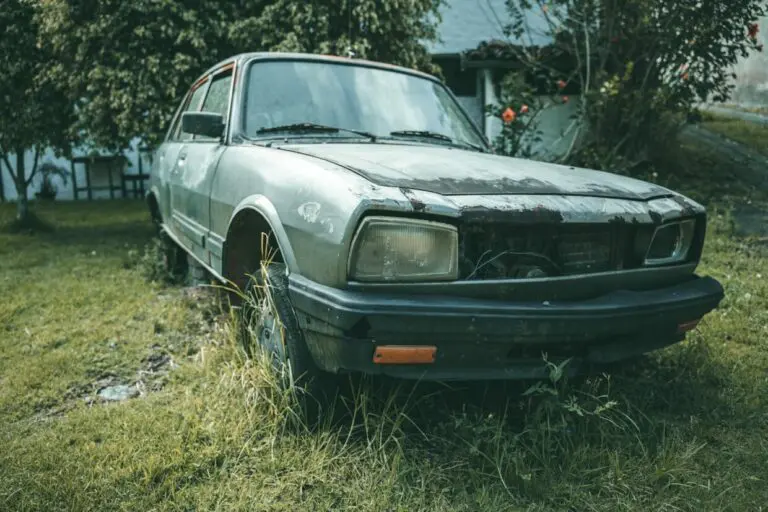Introduction
Fuel filters play a crucial role in the smooth functioning of a vehicle. They help to remove impurities from the fuel and prevent them from entering the engine. However, over time, the fuel filter can become clogged, which can lead to poor engine performance and even damage. In this post, we will discuss how to clear a clogged fuel filter.
Step 1: Locate the Fuel Filter
The first step in clearing a clogged fuel filter is to locate it. In most vehicles, the fuel filter is located near the fuel tank or along the fuel line. Consult your vehicle’s owner manual for the exact location of the fuel filter.
Step 2: Prepare the Vehicle
Before you begin the process of clearing the clogged fuel filter, you need to prepare the vehicle. This includes parking the vehicle on a flat surface and turning off the engine. Then, disconnect the negative battery cable to prevent any accidental discharge of electricity.
Step 3: Relieve the Fuel Pressure
Fuel pressure needs to be relieved before removing the fuel filter. This can be done by either locating the fuel pump fuse, removing it and then starting the engine till the engine stalls. or by using the fuel pressure gauge to release pressure.
Step 4: Remove the Fuel Filter
Once the fuel pressure has been relieved, you can proceed to remove the fuel filter. Use a wrench to loosen the fuel lines that are connected to the filter. Be careful not to damage the fuel lines while doing this. Once the fuel lines have been disconnected, you can remove the fuel filter.
Step 5: Inspect the Fuel Filter
Once the fuel filter has been removed, inspect it to determine if it is clogged. If the filter is clogged, you will notice a build-up of dirt and debris. If the filter is not clogged, you can reinstall it and move on to the next step.
Step 6: Clean the Fuel Filter
If the fuel filter is clogged, you will need to clean it. This can be done by using a brush to remove any debris that is present on the filter. You can also use compressed air to blow out any debris that is trapped inside the filter. Once the filter has been cleaned, you can proceed to the next step.
Step 7: Reinstall the Fuel Filter
Once the fuel filter has been cleaned, you can reinstall it. Make sure that the fuel lines are properly reconnected to the filter. Tighten the lines with the wrench, but be careful not to overtighten.
Step 8: Test the Vehicle
After the fuel filter has been reinstalled, start the vehicle to test if it is running properly. If there are no issues, you can take the vehicle for a test drive. If there are still issues, you may need to take the vehicle to a mechanic for further diagnosis.
Precautions
- Always wear protective gear like gloves and goggles when working on the fuel system of a vehicle.
- Don’t smoke or have any open flame around the vehicle while working on it.
- Always check the vehicle owner’s manual for the correct location of the fuel filter.
- Always relieve pressure on the fuel system before working on it.
- Be careful not to overtighten the fuel lines when reinstalling the filter.
- Always take the vehicle for a test drive after reinstalling the fuel filter to ensure that it is running properly.
Conclusion
Clearing a clogged fuel filter is an important task that should be performed regularly to maintain the smooth functioning of a vehicle. By following the steps outlined in this post, you can easily clear a clogged fuel filter and prevent damage to your vehicle’s engine. Remember to always take the necessary precautions and to consult your vehicle’s owner manual for specific instructions. If you are unsure about any aspect of the process, it is best to take your vehicle to a professional mechanic for assistance. Regularly maintaining your fuel filter, along with other regular maintenance tasks, will help to ensure that your vehicle runs smoothly and efficiently for many years to come.



















